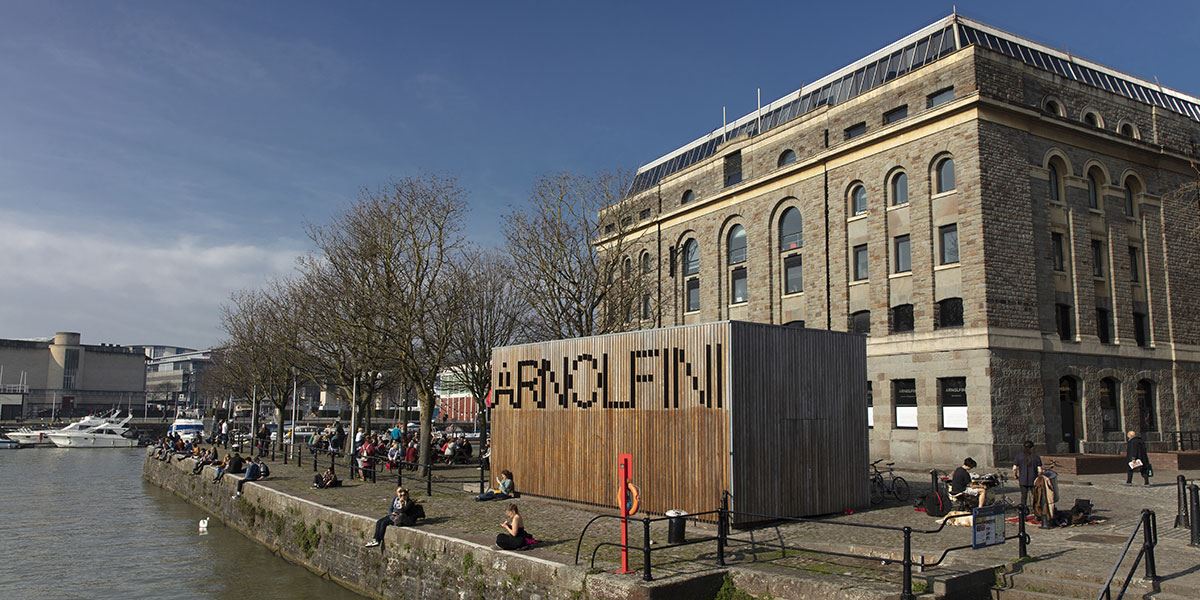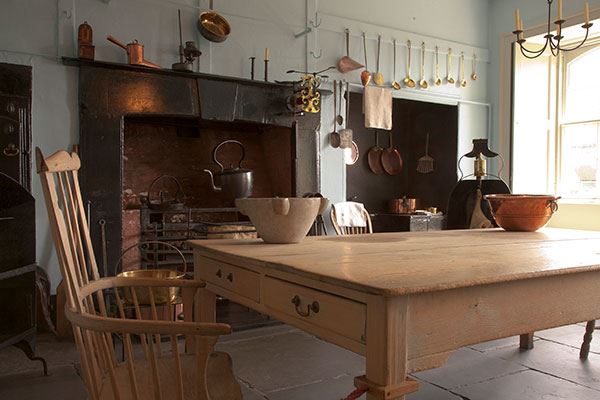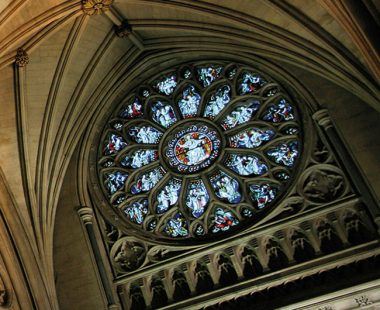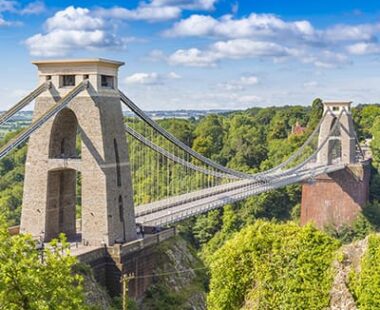By Rebecca Burns
Bursting with exciting cultural venues, Bristol packs in major concert halls, diverse museums, art house cinemas, striking architecture, and wonderful art galleries. Whatever your cultural preferences – from Shakespeare to graffiti – Bristol will tickle your tastebuds.
Graffiti and street art
It’s in Bristol that fans of graffiti and street art can admire one of the world’s largest outdoor art exhibits. See No Evil is a unique project set up by artist Inkie and Bristol music promoters Team Love who together managed to get permission from the local council to transform the façades of 10 multi-storey buildings along the once bland Nelson Street into enormous murals that have become a permanent cultural feature of the cityscape.
Bristol Beacon
Just a few minutes’ walk from Nelson Street, one of the city’s largest and most easily recognisable cultural hubs is Bristol Beacon, which is more than 150 years old. Hosting an eclectic mix of jazz, classical, pop, rock, folk and world music, as well as stand-up comedy and other performances, the building is an iconic part of the city’s skyline thanks to its gleaming copper façade and contemporary foyer. Even if you aren’t heading there for a ticketed event, you can pop in to see if there’s anything free happening in the foyer, which is often the venue for one-off gigs, craft markets and family events.
Enjoy an evening of live music at Bristol Beacon
Bristol Hippodrome
Just around the corner from Bristol Beacon you will find the historic Bristol Hippodrome, a Grade 2-listed building best known for its touring West End theatre shows and annual pantomime – although it also welcomes regular visits from the Welsh National Opera, the English National Ballet and other leading international performers. The domed theatre was designed by Frank Matcham for Australian-born British theatre manager Oswald Stoll, and opened on 16th December 1912, creating a stage that remains one of the largest outside of London.
St George’s Bristol
If you head around the corner and up Park Street, you will find another well-established cultural venue, St George’s Bristol, tucked up along a leafy side road. Housed in a former church that boasts superb natural acoustics, this relatively small concert hall was built between 1821 and 1823 by the architect Sir Robert Smirke.
- St George’s Bristol is one of the country’s leading concert halls
- Choose from a year-round programme of music including classical, folk, world and jazz
Following the completion of an impressive contemporary pavilion-style extension, the venue is back to hosting its busy schedule of more than 200 events every year. Concerts feature internationally-renowned artists from the worlds of jazz, folk, classical, world music and opera, alongside professional home-grown groups such as the Bristol Ensemble, while the new annexe is used for additional functions such as special events and educational workshops.
















